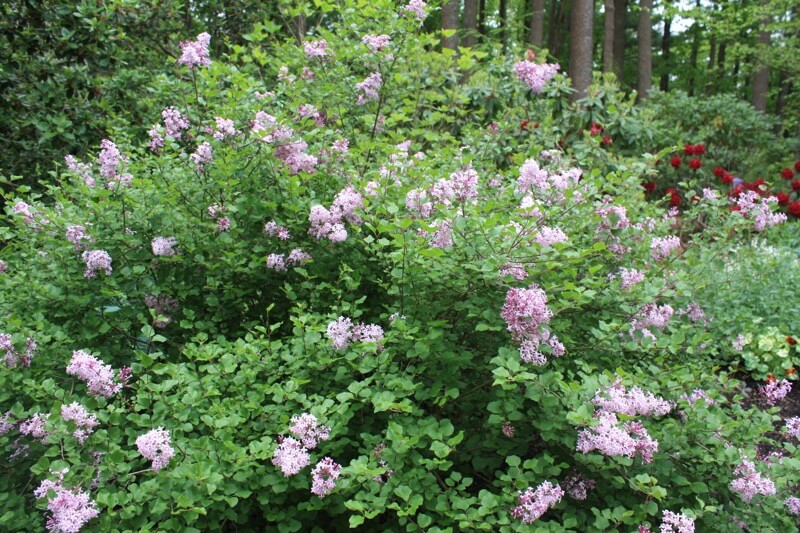It is important to understand how shrubs fit in a landscape design. We’ll be taking a closer look into the amazing world of shrubs, and how to get out of the “same old, same-old” mindset of selecting shrubs.
It is important to keep in mind that landscape designs can be broken down into five key layers. This will help you plan your work, and help you make better decisions about where and what plants to plant. The shrub niche is the third layer in the layering system. It’s also a very large one. This niche has a wide height range, which allows you to grow your shrub palette beyond the typical azaleas and rhododendrons found in typical residential landscapes. It can be overwhelming because of the many options available.
Tart with the shrub’s purpose
Before you decide on shrubs for your landscape, consider the function of the plant before you think about aesthetics. If you require a shrub that will provide continuous coverage all year, this is where you should start your selection process. It’s a different matter if you want to add a splash of color. If you are determined to use only native species, this will help you focus further.
Be informed and not impulsive when making decisions
Once you have determined functionality, it’s time to start narrowing down your options based on your knowledge and not on what you see in the nursery.
Consider researching a new shrub before you buy it. Check with your local botanical garden or land grant university to find out more. Many have helpful online resources. It is worth spending some time doing your research and taking the time necessary to fully understand what you have found.
Ask questions. Ask questions. This is important as many shrubs will outgrow their original location. Spirea is an example of this: even though it can be trimmed vigorously, it will rebound well even if it’s trimmed by a novice. A Viburnum, however, is not able to take major pruning by an inexperienced hand and can easily become deformed. Prable shrubs are those that can be used as hedges. This knowledge can make a big difference.
It’s time to try something new.
Each designer has their own preferred plant palette. It’s perfectly fine to have a preferred plant palette. However, it is important to be flexible. It is amazing to me that so many landscapes use the same standard shrubs in every setting, despite so many other options.
These are the kinds I mean: boxwoods, yews and azaleas to grow evergreens… rhododendrons, azaleas and azaleas to grow flowering shrubs that can withstand winter… hydrangeas or roses for flowers with “wow factor”.
While I love them all, there are many shrubs that offer beautiful textures, flowers and fragrances as well as berries. These lesser-known shrubs are great for any spot in your garden that is struggling.

